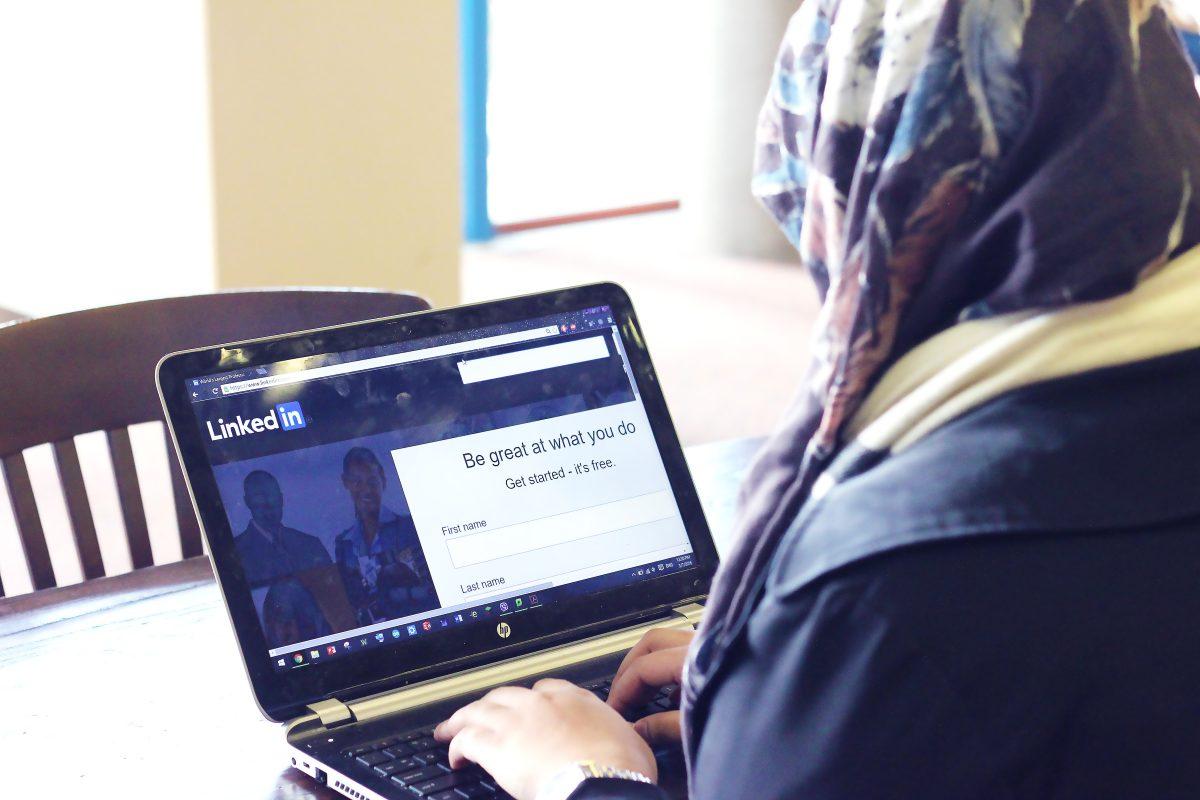Launched in May 2003, the social networking site LinkedIn was created in order for professionals to discover new business opportunities and maintain contact with their colleagues. Of the 332 million users today, some are Wellesley College students who use LinkedIn as a means of locating future jobs and internships as well as staying connected with graduates.
Within LinkedIn, the college has its own group called The Wellesley Alumnae Network, which serves as a networking community solely for students, alumnae and affiliates associated with the College. According to Wellesley students, LinkedIn has been especially useful for reaching out to alumnae in order to learn about their experiences in a particular field.
Co-president of Wellesley for Public Health Sophie Gibert ’16 elaborated on her experience using LinkedIn as a means of approaching alumnae in order to discuss her developing career path in public health. Having created her LinkedIn account in her sophomore year of college, Gibert used the site most during the fall semester of her junior year at Wellesley.
“I met with about 10 different alumnae for coffee in Boston to talk about their experiences in graduate school and public health, just to get a better idea of the field,” Gibert said. “Now, I use LinkedIn to find alumnae who work at organizations I am interested in or in related fields to discuss opportunities for employment after graduation.”
According to Gibert, LinkedIn serves as her primary tool for networking in public health, as the nature of the field coincides well with the main features and objectives of the site.
“LinkedIn can be quite helpful for public health even though there is no specific group for it. You can search for degrees like [Master’s in Public Health] or keywords that have to do with public health and find tons of alumnae who are working in this very broad field,” she said. “Other than speaking with professors at Wellesley, LinkedIn is all there is for networking in public health.”
In addition to connecting personally with alumnae, other students have found LinkedIn useful for modeling their own career paths after those of recent graduates.
As a student curatorial research assistant at the Davis Museum, Sophie Kerwin ’16 is interested in pursuing a PhD in Art History and later a career in academic or curatorial work.
Kerwin first created her LinkedIn profile during the fall of her senior year for potential employers to access information on her academic experiences and professional background. She explained that she used the site to learn more about the career paths of other academics or curators.
“It’s interesting to see the various trajectories they’ve taken and useful to see where they have studied and worked on their way to success,” she said. “I also use the profiles of Wellesley alums or peers who are pursuing similar careers as models for how to present myself professionally whether online, on my resume or in person.”
However, unlike Gibert’s positive experience with using LinkedIn for public health networking, Kerwin admitted that she has found the site not particularly useful for pursuing a career in art history.
“More people from the museum world are utilizing professional networking sites, but few people from the academic world utilize them,” she said. “Most of the networking I’ve done in both fields has been in person [or] through connections I’ve made at Wellesley either in the Art Department or at the Davis Museum.”
Because LinkedIn is not necessarily a useful tool for all disciplines and careers, students have found alternative forms of networking that prove more effective in their respective career interests.
Co-President of the Computer Science Club Karina Chan ’16 created her LinkedIn profile during her first year at Wellesley but has found that though the site has its advantages, she does not frequently use it.
“I mostly use LinkedIn as a secondary resume and I use it to see what other people are doing. I don’t use it very often, but I’ve found it to be useful just for the initial screening step of interview processes,” Chan said.
Although Chan found LinkedIn to a helpful tool in preparing for interviews, it was not her primary form of networking when she was exploring careers in software engineering. She explained that most software engineering employers look for job applicants to have a profile with Github, a cloud service used for programmers to share projects and work in collaboration with teams. Chan also suggested that creating a personal website can be useful for those interested in software development.
For most students, the usefulness of a site such as LinkedIn depends greatly on the nature of the field of interest they want to pursue. While LinkedIn proves to be an advantageous tool for connecting with alumnae and exploring possible careers within a field, students have found that the site cannot replace other means of networking such as developing in-person connections or creating accounts with career-specific websites.






